Meet our Staff
The CT Reserve was established in January 2022 and, over the past year, we've been building our Team. Our staff share some of their favorite memories of the Sound and Reserve sites below. If you'd like to learn more about their roles and their previous experience, visit our Contact page.
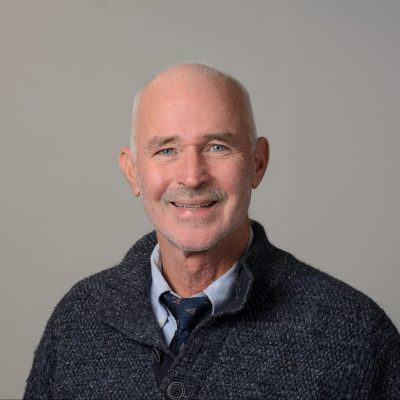
George McManus
CT Reserve Manager (Interim) and UConn’s Center Director (Interim)
George has been instrumental in helping to move the Reserve forward and is currently serving as the Interim Reserve Manager and UConn Center Director before enters retirement later this year. He received his PhD from Stony Brook University and worked at the Cary Institute of Ecosystem Studies, the University of Maryland, and the Dauphin Island Sea Lab before coming to UConn, where he has taught for 28 years. His research is focused on microbial plankton, including bacteria, phytoplankton, and ciliated protozoa, documenting their diversity and distributions in the coastal ocean.
George loves to NERR’d out looking for seals and sea birds at Hammonasset State Park. He also has a lot of memories from time on the Sound. “One time I was fishing with my son and a seal popped up next to the boat with a fish in his mouth. We just stood there watching and marveling at this bit of the food chain taking place before our eyes.”
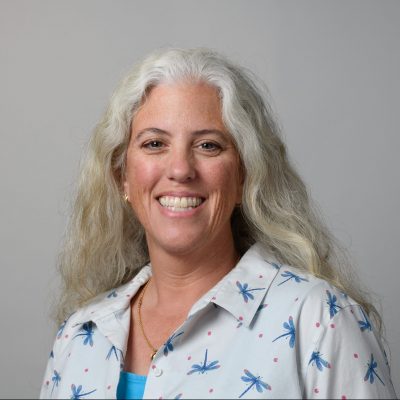
Jamie Vaudrey
CT Reserve Research Coordinator
Jamie was the UConn lead for shepherding the establishment of a NOAA National Estuarine Research Reserve in Connecticut and is now serving as the Research Coordinator for the Reserve. Jamie is a marine ecosystems ecologist and modeler, interested in the impacts of humans on coastal waters. Jamie is also involved with EPA’s National Estuary Program, local community-based monitoring groups, and works as the science co-advisor for Save the Sound’s Unified Water Study and Long Island Sound Report Card effort.
Jamie’s favorite Reserve site is Mumford Cove. “I first “met” Mumford Cove as a graduate student, 24 years ago – the study location of my dissertation. In 1999, eelgrass was just starting to recolonize the Cove and I had the opportunity to document the progress of its’ return, working with a team of fellow grad students and undergrads who are still some of my best friends today. I also studied total ecosystem metabolism in this system, advised a student studying the heat budget in the Cove, and with another student evaluating the ecosystem services in a restored marsh located in the Cove. I’ve met and worked with people who worked in that Cove in the seventies and eighties, and follow ongoing work in the Cove, such as Hannes’ work with silversides and water quality along the beach. Amazing how much a small Cove has to teach, and how many opportunities it provides. Next up (new skills, new challenge)… searching for beetles, bats, and invasive plants!”
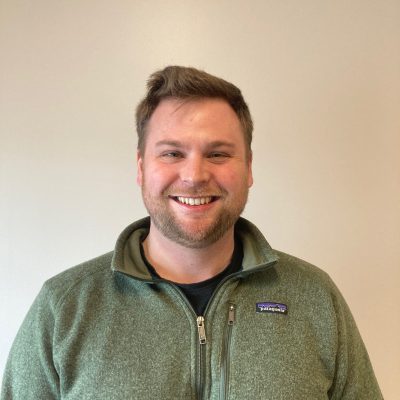
Sam Stadnick
CT Reserve Fiscal Officer
Sam joined the Reserve Team in Aug 2021 as its Fiscal Officer. He previously worked in the Connecticut House of Representatives where he assisted elected officials with their constituent service and legislative responsibilities. He is thrilled to use his experience in public affairs to protect the natural areas of Eastern Long Island Sound and the Lower Connecticut River Valley where he has been a longtime hiker and boater.
One of Sam’s first memories of the Sound is fishing near Millstone Point with his father. “We would often catch Tautog or blackfish – one of the most beautiful (and delicious) fin fish in Long Island Sound. The rocky outcroppings that lie off of Millstone Point provide great habitat for the fish and great recreational fishing opportunities for generations of resident in Southeastern Connecticut.”
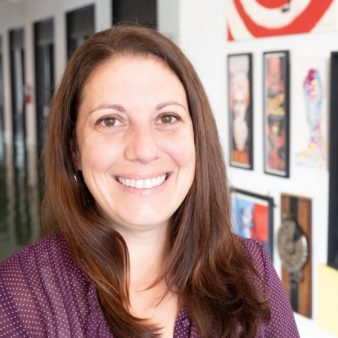
Larissa Graham
CT Reserve Education Coordinator
Larissa joined the Reserve Team in Oct 2022 as its Education Coordinator. Larissa has worked in the environmental field for nearly 15 years, sharing science-based information with a variety of coastal audiences. After finishing graduate school, Larissa served with New York Sea Grant as the Long Island Sound Study Outreach Coordinator. In 2013, Larissa moved to the Gulf coast where she worked for Mississippi-Alabama Sea Grant, the Grand Bay National Estuarine Research Reserve, and, most recently, the Student Conservation Association as the Alabama and Mississippi State Director. In this role, she mentored and managed young adults as they conducted habitat restoration projects along the Gulf coast.
As a kid, she would spend a lot of time fishing and boating on the Sound. She shares, “One weekend, we switched things up and I went with my aunt and uncle to the beach. We caught crabs with clothespins and pieces of hot dogs, looked for razor crabs in the sand, and played in the sun all day. I remember asking so many questions about all of the critters we came across – it was like a whole new world and made my love for the Sound even that much stronger!”
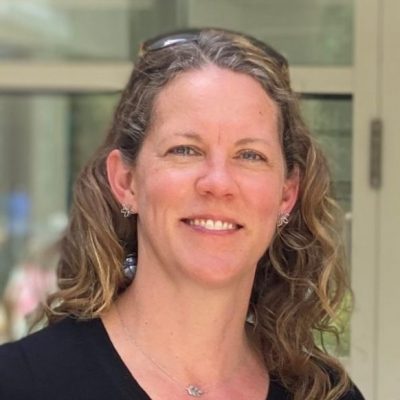
Katie Lund
CT Reserve Coastal Training Program Coordinator
Katie joined the Reserve Team in Jan 2023 as its Coastal Training Program Coordinator. Katie joins the Reserve from her previous position at UConn’s Connecticut Institute for Resilience and Climate Adaptation where she led engagement activities and managed municipal and research grant projects to increase resilience of Connecticut’s communities to the growing impacts of climate change. Katie has worked for over 20 years on a variety of coastal management topics – including the Northeast Regional Ocean Council and Long Island Sound’s marine spatial plan and the Massachusetts Office of Coastal Zone Management’s special area management.
One of Katie’s favorite memories of the Reserve is the first walk she did on Bluff Point with her kids when they were very young. She shares, “I had heard about this state park after moving to CT, but had no idea how big it was. I kept pushing our little kids to walk to a point on the trail where we could get wide views of Long Island Sound, which was farther than I thought! After we’d gone a couple miles and they were ready to turn around (before the Sound views), I saw a small side trail to the right and convinced them to try it. After only a few meters, we popped out onto a beautiful beach…such a surprise – I had no idea there was such a BIG and quiet and beautiful beach as part of Bluff Point. It was completely worth the effort (and whining) to get there. Over ten years later, I now work for the NERR and this beach is part of our new reserve!”
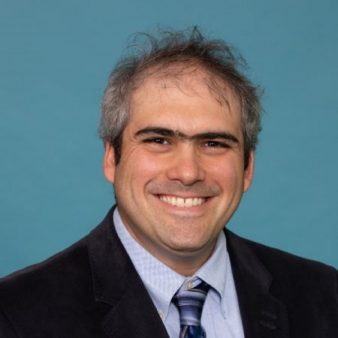
Jason Krumholz
CT Reserve Stewardship Coordinator
Jason joined the Reserve Team in Feb 2023 as its Stewardship Coordinator for the Connecticut National Estuarine Research Reserve. While Pursuing his Ph.D. at the Graduate School of Oceanography, Jason was a National Science Foundation IGERT fellow. He subsequently served with NOAA’s Northeast Fisheries Science Center as the Liaison Ecologist to the Long Island Sound Study, where he worked with a wide range of partner organization at the interface of science and policy on several efforts to improve the transmission of scientific data into management, and with McLaughlin Research Corporation, where he served as a subject matter expert for the United States Navy’s Mission Environmental Planning Program.
We asked Jason to share his favorite memory of the Reserve. “Once I got roped into diving off of Pine Island to collect green crabs in the middle of the winter for a colleague who was doing his Ph.D. at UCONN. It was so cold that ice was literally forming on our gear, on the deck of the boat, pretty much everywhere. It was one of those moments that was pretty miserable at the time, but the memory of it is somehow very positive… one of those moments where you realize that if you like what you do enough to do THIS, then you’re probably going to really enjoy doing it for the rest of your career.”

Ashley Hamilton
CT Reserve Research Assistant – System Wide Monitoring Program
Ashley joined the Reserve Team in April 2023 as its System Wide Monitoring Program lead. Ashley graduated from the Uconn Avery Point community with a B.S. in marine sciences. After undergrad, she completed a master’s degree from the University of Rhode Island, where her research focused on the impacts of anthropogenic stressors to commercially important bivalve species. Since 2016 she has worn various hats in the shellfish and seaweed aquaculture industry, including farm hand, hatchery production and researcher.
We asked Ashley to tell us about the NERRdiest thing she does in her spare time. “The NERRidest habit that I have is getting tattoos of the organisms that I work with or study. During grad school, I got a (scientifically accurate!) anatomical eastern oyster and after my fifth season working in a seaweed hatchery, I got a reproductive sugar kelp blade. Next on my wish list is a blue mussel shell in celebration of finishing my thesis, and I can see some marsh plants and critters in my future as I venture into the CT NERR monitoring program!”